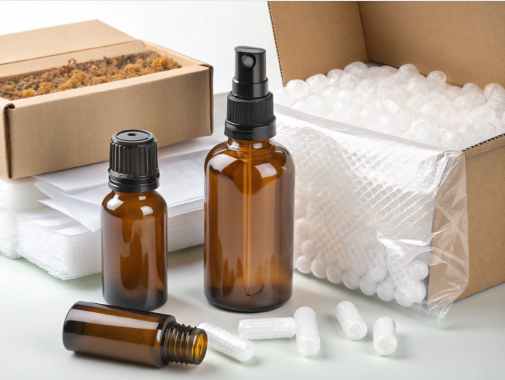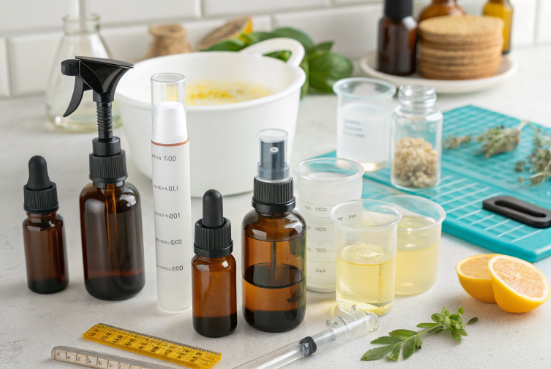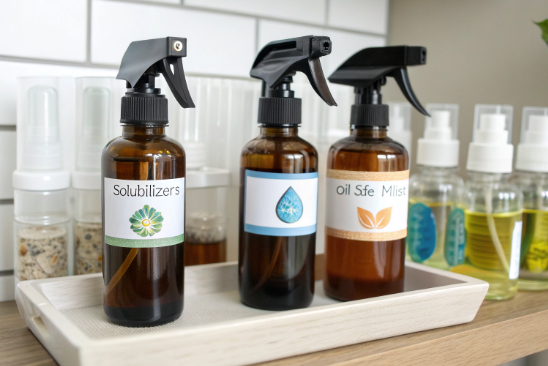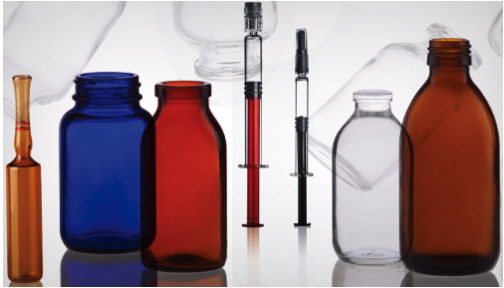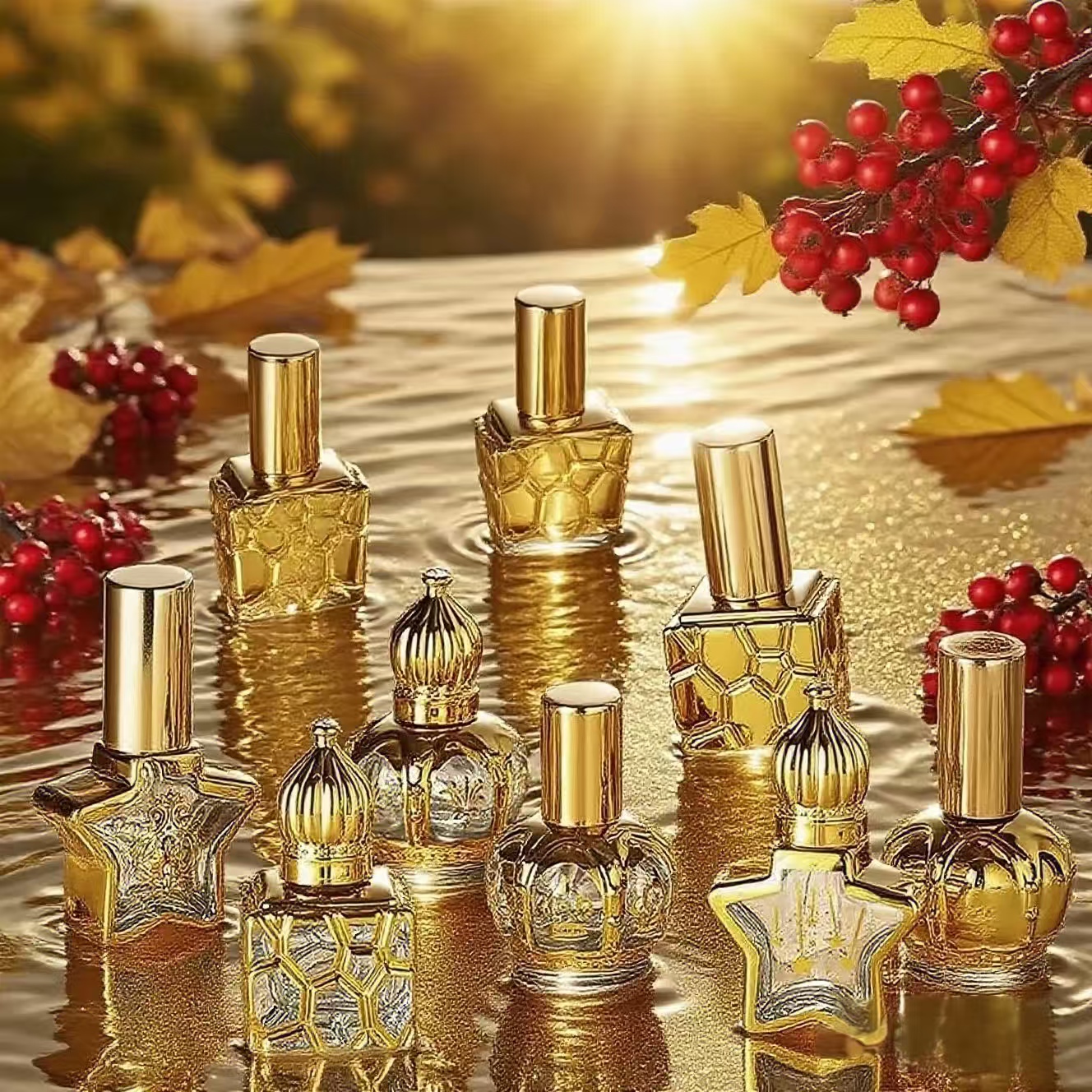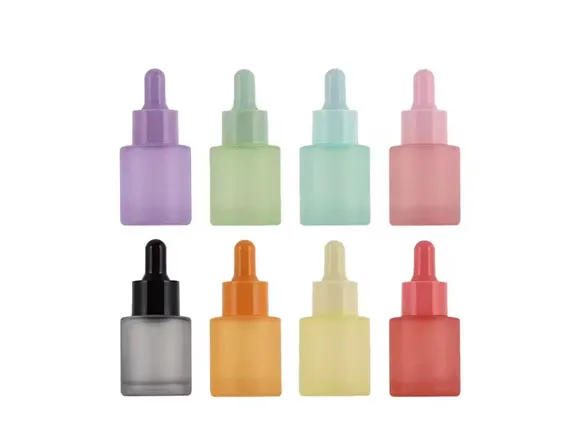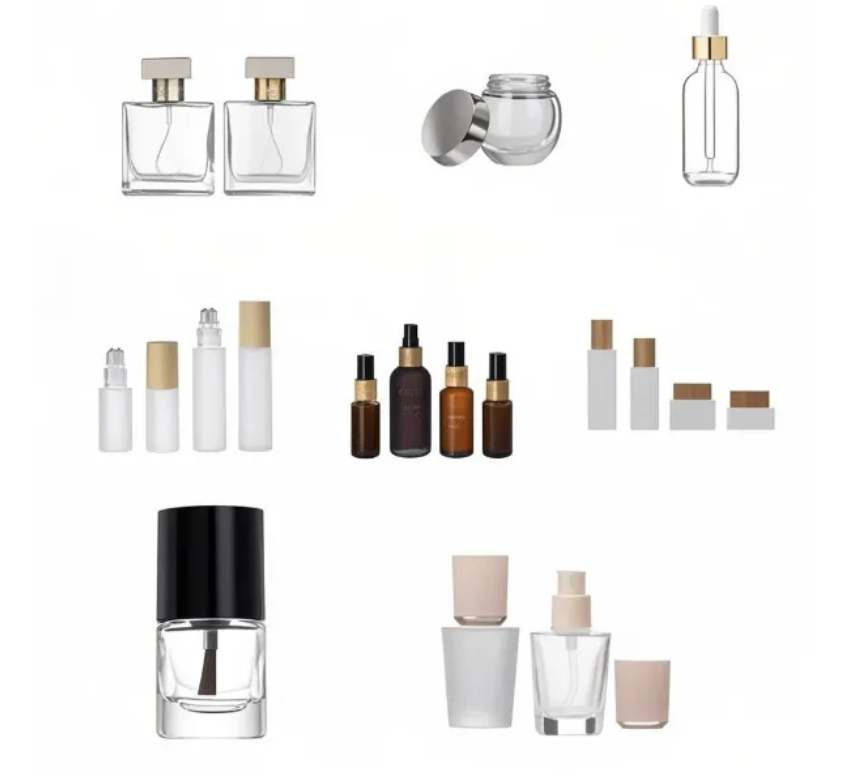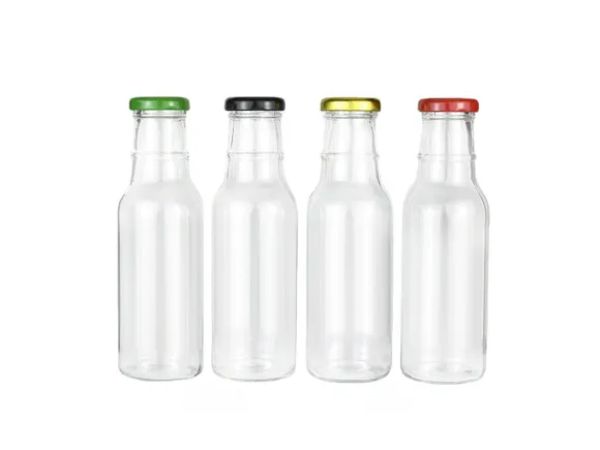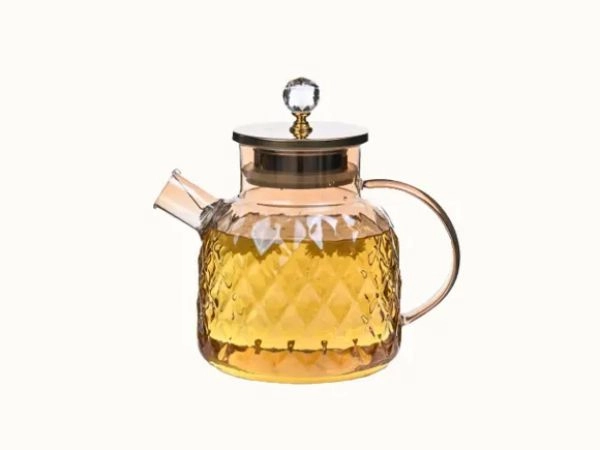Want to create a natural room mist, facial spray, or pillow refresher? Mixing essential oils with water seems easy—but if not done correctly, you’ll end up with clogged sprayers or uneven scents.
To mix essential oils with water for spray, dilute 10–30 drops of oil per 100ml of water and always use an emulsifier or solubilizer to disperse the oil evenly. Shake well before each use.
At PauPack, we supply brands with spray bottles built for oil-and-water blends—and we know that getting the ratio, emulsifier, and packaging right is the difference between a spa-worthy mist and a sticky mess. Let’s break it down.
Can you mix essential oil and water to make a spray?
Yes, but it’s not as simple as just pouring and shaking—essential oils don’t dissolve in water on their own.
You can mix essential oils and water to make a spray, but they require a dispersing agent (like alcohol or solubilizer) to evenly combine and stay stable.
Dive Deeper: Why You Need a Carrier for Essential Oils in Water
Without help, essential oils will:
-
Float on top of water, leading to inconsistent scent and possible skin irritation.
-
Clog your spray nozzle, reducing mist quality.
-
Spoil faster, since water-based blends need preservation.
PauPack recommends using a fine mist PET or glass spray bottle paired with a PP sprayer head—these materials resist clogging and degradation from oil content. Our clients often use ethanol, witch hazel, or polysorbate 20 as dispersants to help oils blend more thoroughly.
What is the ratio of oil to water for spray?
A balanced ratio is crucial—too little oil and you’ll barely smell it, too much and you’ll risk irritation.
The ideal ratio is 10–30 drops of essential oil per 100ml of water, depending on the intended use and skin sensitivity.
Dive Deeper: Suggested Ratios by Use Case
| Use Case | Ratio (Oil:Water) | Notes |
|---|---|---|
| Room Spray | 20–30 drops : 100ml | Stronger scent okay |
| Linen Spray | 15–20 drops : 100ml | Use calming oils like lavender |
| Facial Mist | 5–10 drops : 100ml | Use gentle oils and a solubilizer |
| Body Spray | 10–15 drops : 100ml | Include glycerin or aloe for comfort |
We also recommend including natural preservatives like grapefruit seed extract or ethanol (above 60%) if the spray will be stored for more than 2–3 weeks. At PauPack, our small-batch-ready packaging supports proper preservation by using airtight sprayers and UV-safe bottles.
What is the best way to mix essential oils in water?
A two-phase approach ensures better dispersion, scent payoff, and safety.
The best way to mix essential oils in water is by first combining the oil with a dispersant (like alcohol or solubilizer), then adding it to water and shaking well.
Dive Deeper: 3-Step Mixing Method
-
Pre-mix the oil
-
Combine essential oil drops with 1 tsp of dispersant (e.g., vodka, witch hazel, or polysorbate 20).
-
Stir until fully blended.
-
-
Add to distilled water
-
Pour your water into a clean spray bottle.
-
Add your oil-dispersant blend.
-
-
Shake & label
-
Shake well before each use.
-
Label with ingredients and date.
-
Pro Tip from PauPack: Our glass spray bottles with bamboo collars not only protect light-sensitive oils but also give your DIY or branded product a premium, eco-conscious appeal. We offer low-MOQ customization, so even small runs can look top-shelf.
How to solubilize essential oil in water?
To truly “dissolve” oil in water, you need more than shaking—you need chemistry.
To solubilize essential oils in water, use a natural solubilizer like polysorbate 20, PEG-40 hydrogenated castor oil, or lecithin—typically at a 1:1 or 2:1 ratio to the essential oil.
Dive Deeper: Choosing the Right Solubilizer
| Solubilizer | Oil-to-Solubilizer Ratio | Notes |
|---|---|---|
| Polysorbate 20 | 1:1 to 2:1 | Common, gentle for skin |
| PEG-40 Castor Oil | 1:1 | Slight amber tint; good for clear sprays |
| Lecithin | 1:1 or higher | Natural, but can thicken mixture |
| Ethanol (vodka) | 4:1 (water:alcohol) | Also acts as preservative |
| Witch hazel | 1:1 | Budget-friendly, but less stable |
Always mix the essential oil into the solubilizer first, then add to your water phase. At PauPack, we also work with brands to ensure that ingredient interaction, pH stability, and packaging compatibility are all tested—especially for sensitive facial mists or retail-ready products.
Conclusion
To mix essential oils with water for spray, start with the right ratio, use a solubilizer, and choose oil-safe spray bottles. At PauPack, we offer packaging solutions that preserve your blend’s stability and elevate your product’s look—whether it’s for your home, spa, or store shelf.





